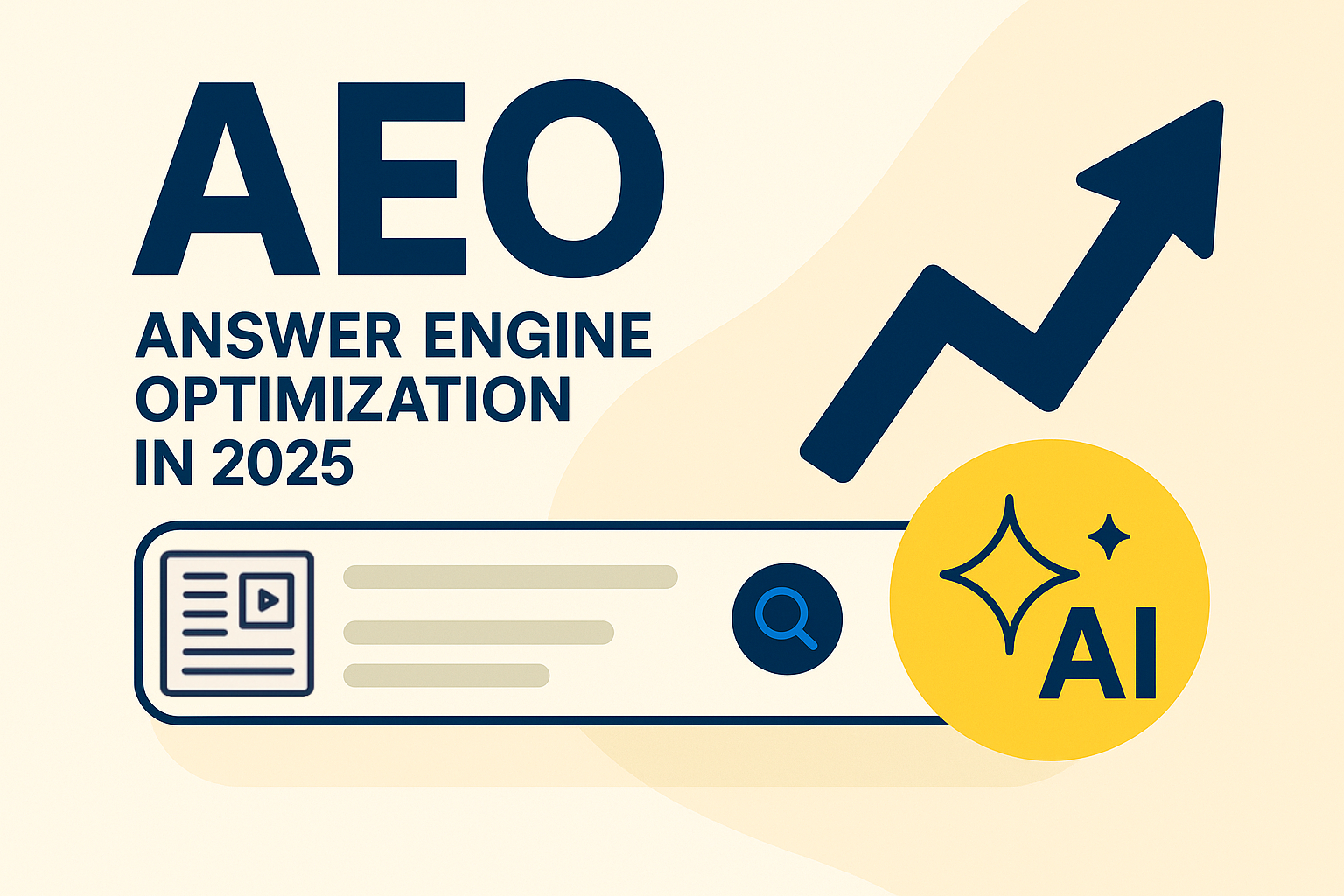


AI answers now sit between your buyer and your site. When someone asks ChatGPT, Perplexity, Gemini, Copilot, or Google’s AI Overviews for the best choice, they see a synthesized answer with a few citations. If your brand is not included, correctly described, and supported by solid sources, you lose the moment of consideration.
I spent the last few months running controlled prompt panels, reviewing answer snapshots across engines, and pressure-testing platforms with client scenarios. This list is my take on the AEO tool market from a growth lens. It follows a simple standard: does the tool help you measure answer presence and change it with a believable path to action.
How I reviewed

Quick description
Full-stack AEO built to monitor your presence in AI answers and push fixes through an optimization hub. Coverage includes ChatGPT, Perplexity, Gemini, Google AI Overviews and more, with workflows to improve on-site content and the third-party sources models cite.
Pros
Cons
Funding
No external funding listed publicly.
Location: New York, USA.
Pricing: Quote based. Request a demo.
Customers
Selective references; ask for vertical examples.
My rating: 4.6/5. I’m slightly biased toward Goodie because it reduces tool sprawl while giving a clear path from visibility gap to fix. Bias aside, it performs.
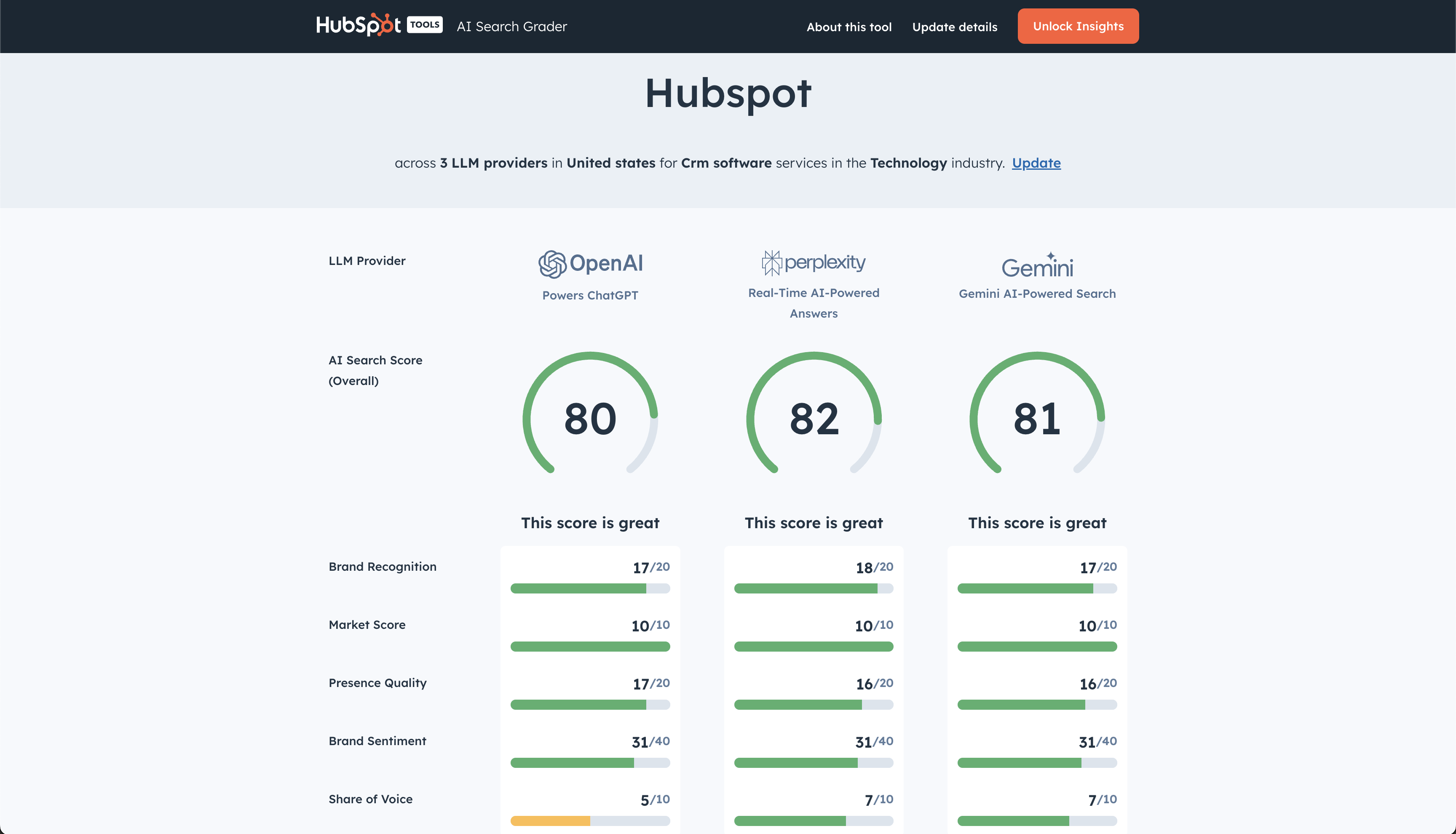
Quick description
A free baseline to see how you show up in AI search. Runs prompts across major engines and reports on share of voice, narrative, and sentiment. Great for a first pass or for quick competitive snapshots.
Pros
Cons
Funding: Public company.
Location: Cambridge, MA, USA.
Pricing: Free.
Customers: N/A for the free tool.
My rating: 4.2/5. Use it to establish a baseline, then graduate to a full platform once you see the opportunity.
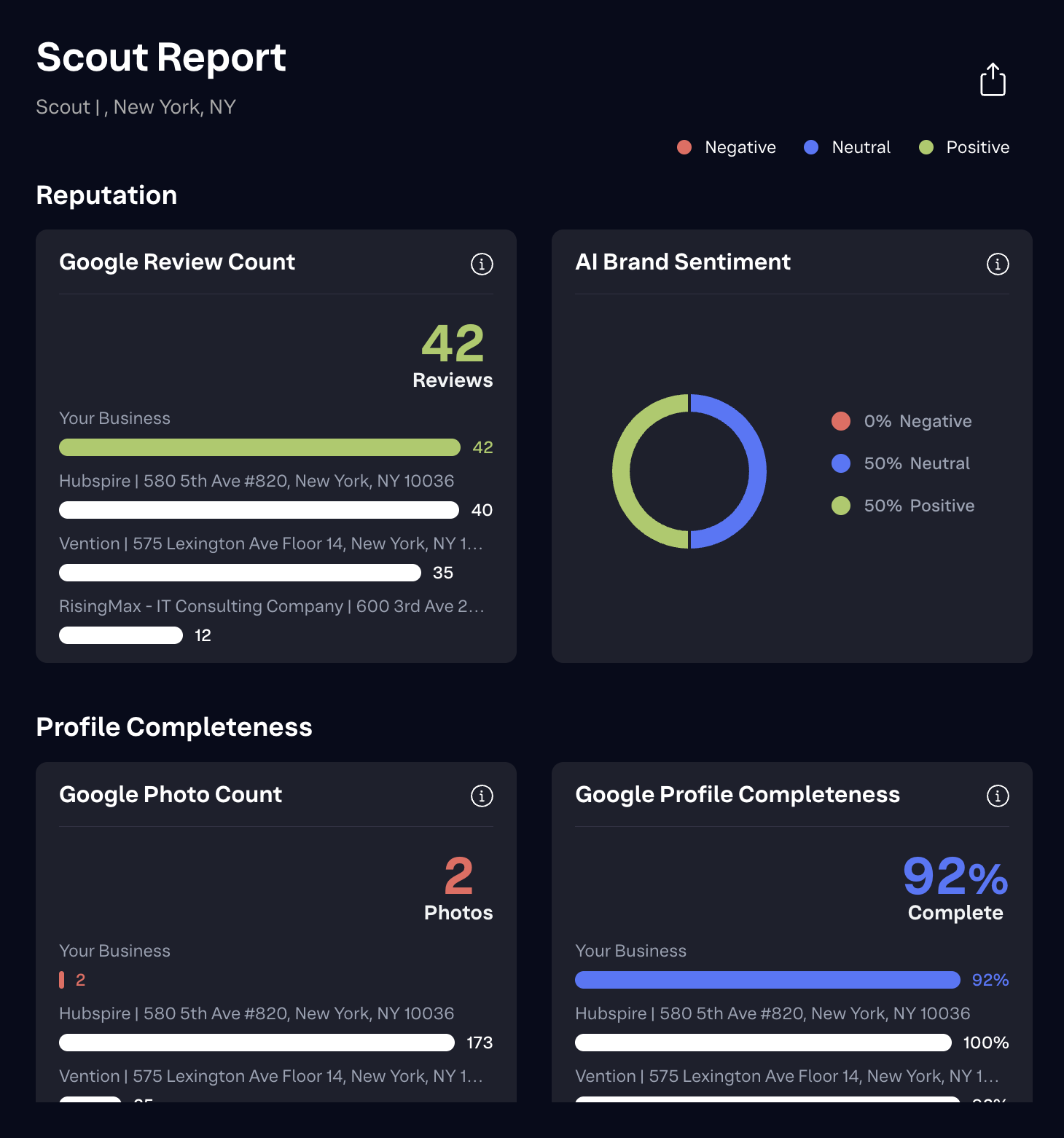
Quick description
An AI search and competitive intelligence agent that measures presence, sentiment, and share of voice across search and AI platforms, with recommendations and direct ties into Yext’s Content, Listings, Pages, and Reviews for execution.
Pros
Cons
Funding: Public company, NYSE: YEXT.
Location: New York, USA.
Pricing: Quote based.
Customers: Large multi-location brands via Yext’s broader platform.
My rating: 4.1/5. A safe pick if you want AEO measurement plus execution tie-ins to listings and reviews.
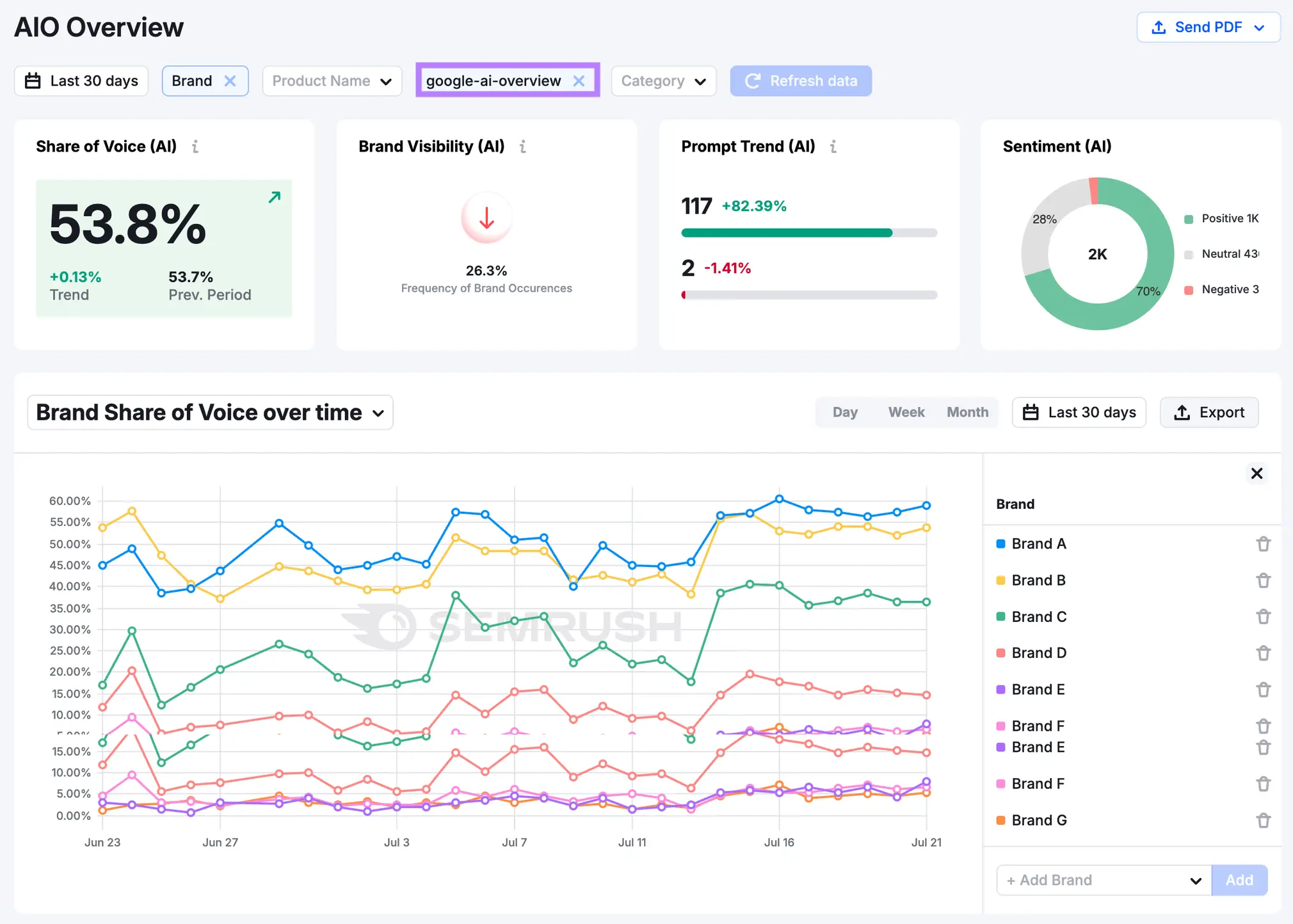
Semrush’s Enterprise AIO brings AI Overview and answer-engine visibility into a familiar enterprise SEO suite, and the App Center lets you bolt on specialized AEO apps like Otterly for AI Overviews, ChatGPT, and Perplexity monitoring.
Pros
Cons
Funding: Public company.
Location: US presence in Boston and global offices.
Pricing: Enterprise AIO is quote based. App Center apps are billed separately.
Customers: Broad enterprise base across categories.
My rating: 4.0 /5. A solid backbone if your company already runs on Semrush and wants AEO insights without adding a net-new vendor.

AEO needs citable, structured, accurate content. Contently is a mature content marketing platform and talent network that helps large teams plan, produce, and govern content at scale, then measure outcomes. Use it to build the sources AI systems actually quote.
Pros
Cons
Funding: Private company.
Location: US based with enterprise focus.
Pricing: Subscription plus content budget, per team, via sales.
Customers: Enterprise brands across finance, tech, and retail in published case studies.
My rating: 4.0/5. Not AEO analytics, but excellent infrastructure for the content that fuels AEO wins.
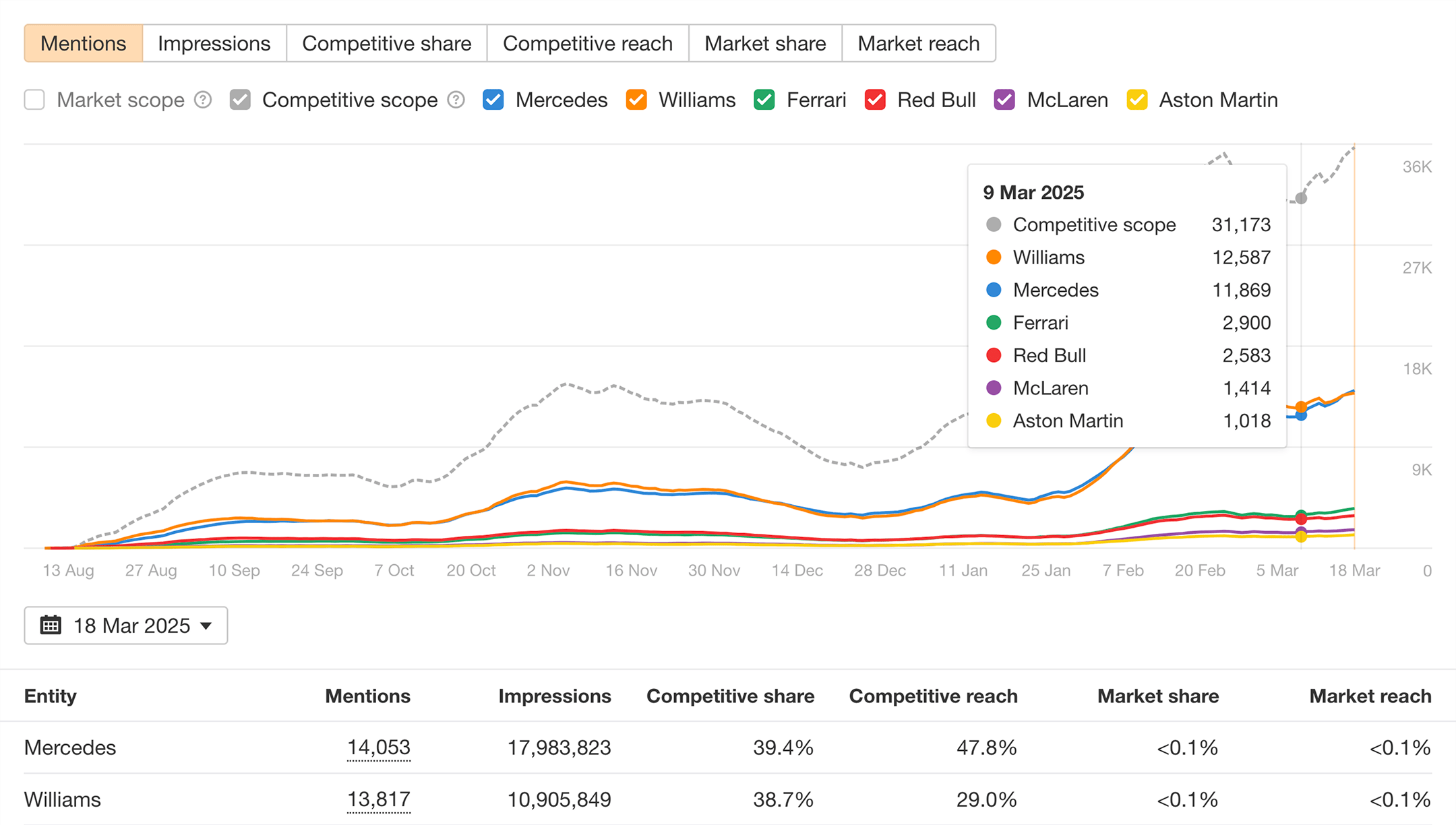
Tracks how AI presents your brand across ChatGPT, Perplexity, Gemini, Copilot, and Google AI Overviews. Adds impression-weighted visibility, topics that move AI traffic, and simple competitor views. Lives inside Ahrefs, which reduces adoption friction for SEO-led teams.
Pros
Cons
Funding: Bootstrapped profile; Singapore entity.
Location: Singapore HQ.
Pricing: Core plans plus Brand Radar AI add-ons, listed per index on the pricing page.
Customers: Global SEO teams across many industries.
My rating: 3.9 /5. If your org already lives in Ahrefs, this brings AEO measurement into your day-to-day without a big switch.
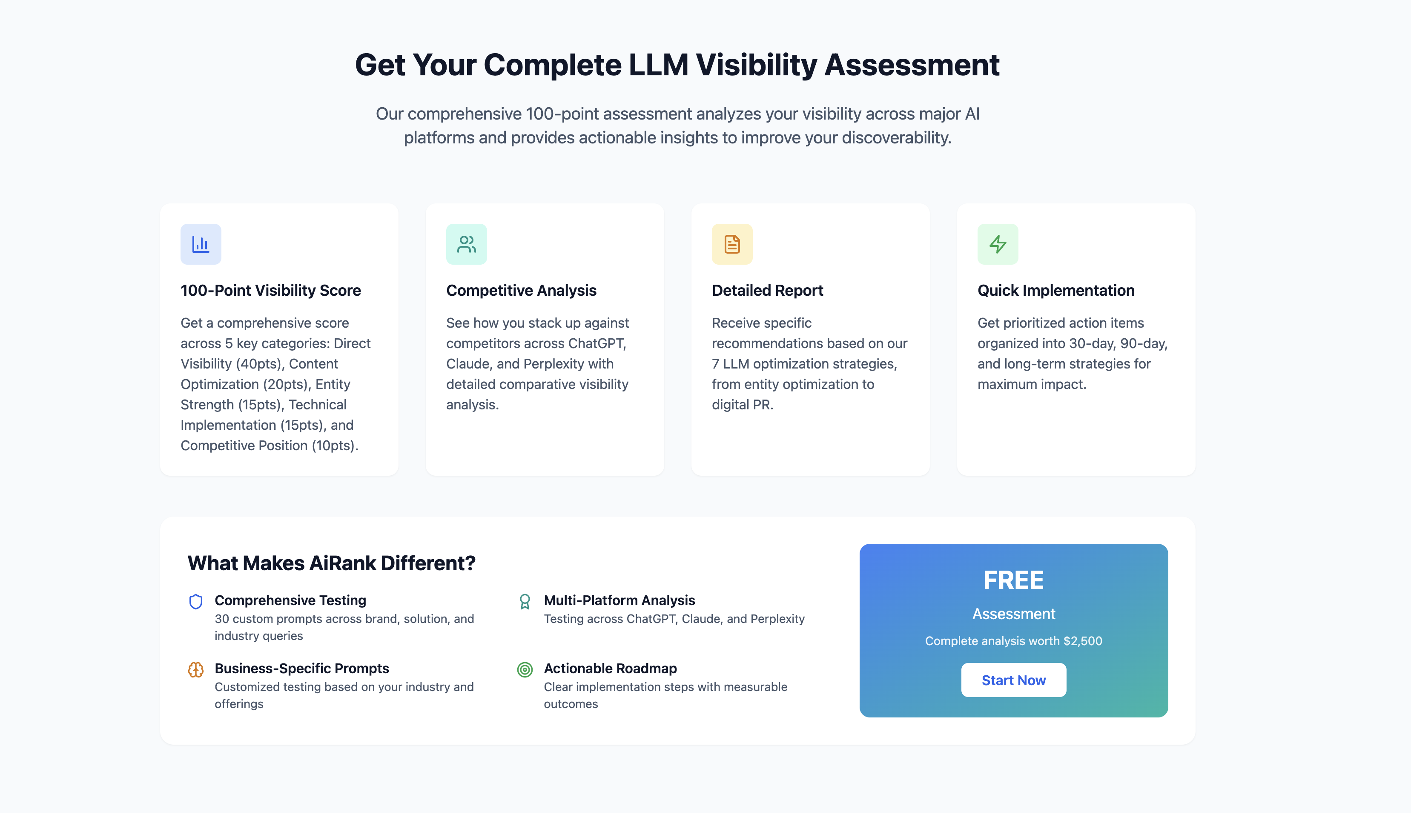
Quick description
Early-stage AEO tracker positioning around visibility checks across ChatGPT, Gemini, Claude and more, with AI agents for recommendations. Currently building toward launch with a public changelog and waitlist.
Pros
Cons
Funding: Not disclosed.
Location: Not listed.
Pricing: Not listed; app in development.
Customers: Not listed.
My rating: 3.5/5. Interesting for experimentation. I wouldn’t anchor executive reporting on it yet.
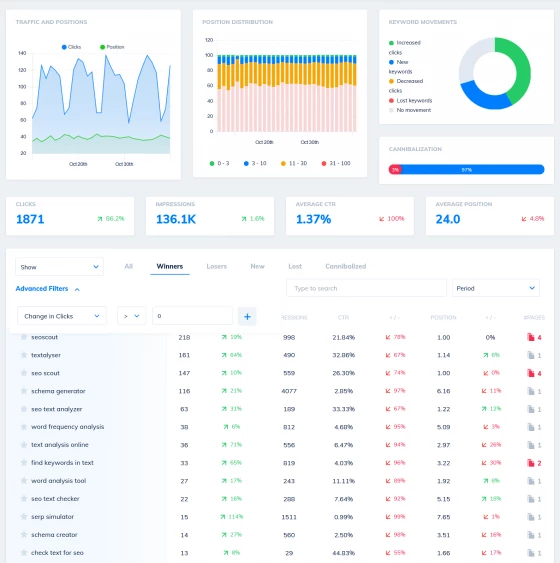
An SEO content optimizer with entity and topic analysis. It is not a direct AEO monitor, but the editor encourages fact-dense, scannable content that models can parse and cite. Pair it with an AEO visibility tool for a practical combo.
Pros
Cons
Funding: Private.
Location: Not listed publicly.
Pricing: Plans starting around $49 per month with a 7-day trial.
Customers: SMBs, consultants, and content teams.
My rating: 3.7/5. A practical sidekick for improving “answerability” of content you already plan to publish.

Prompt-level monitoring with citation intelligence and an action center. Tracks presence and sentiment across ChatGPT, Perplexity, Google AI Overviews and more, then turns findings into tasks. Clear packaging with credits and unlimited seats.
Pros
Cons
Funding: Multiple reports of a seed round in 2025.
Location: San Francisco roots per site.
Pricing: Starter around $295 per month based on public reviews, with Growth and Enterprise tiers. Check the pricing page for current credit allotments.
Customers: Logos and references on the site and reviews.
My rating: 4.1/5. Strong value for teams that want to operationalize AEO quickly.
If you want one system to measure and fix
Pick an all-in-one like Goodie or Athena that turns answer snapshots into structured tasks and outreach.
If you want AEO inside the suite you already use
Turn on Ahrefs Brand Radar and its AI indexes or run Semrush Enterprise AIO with an App Center add-on like Otterly.
If you need content infrastructure
Use Contently for workflow, governance, and production at scale, then feed those assets into your AEO monitor.
If you are testing on a budget
Run HubSpot’s free grader to find gaps, then use SEO Scout to harden pages and entities. Add a paid monitor when you are ready.